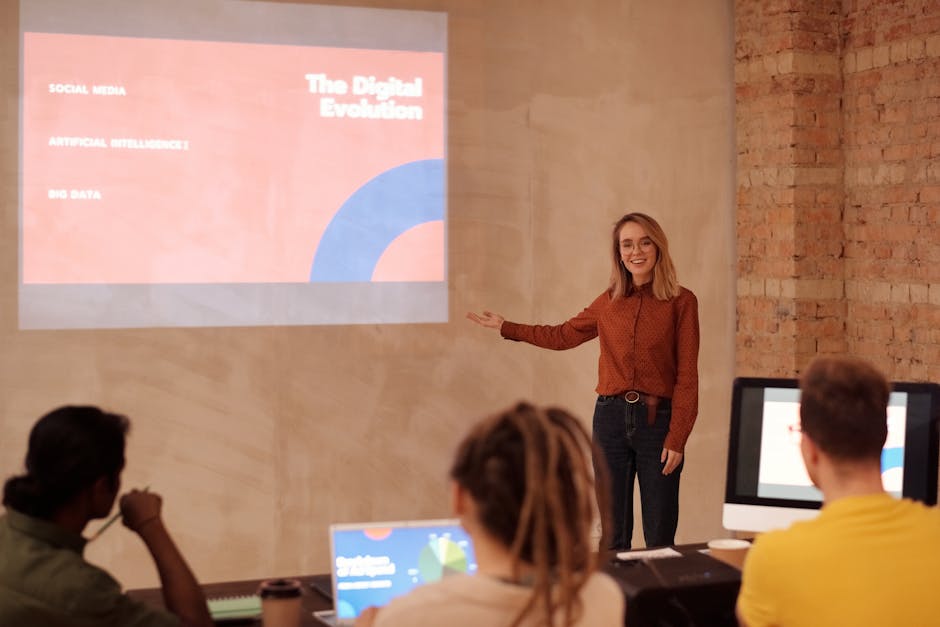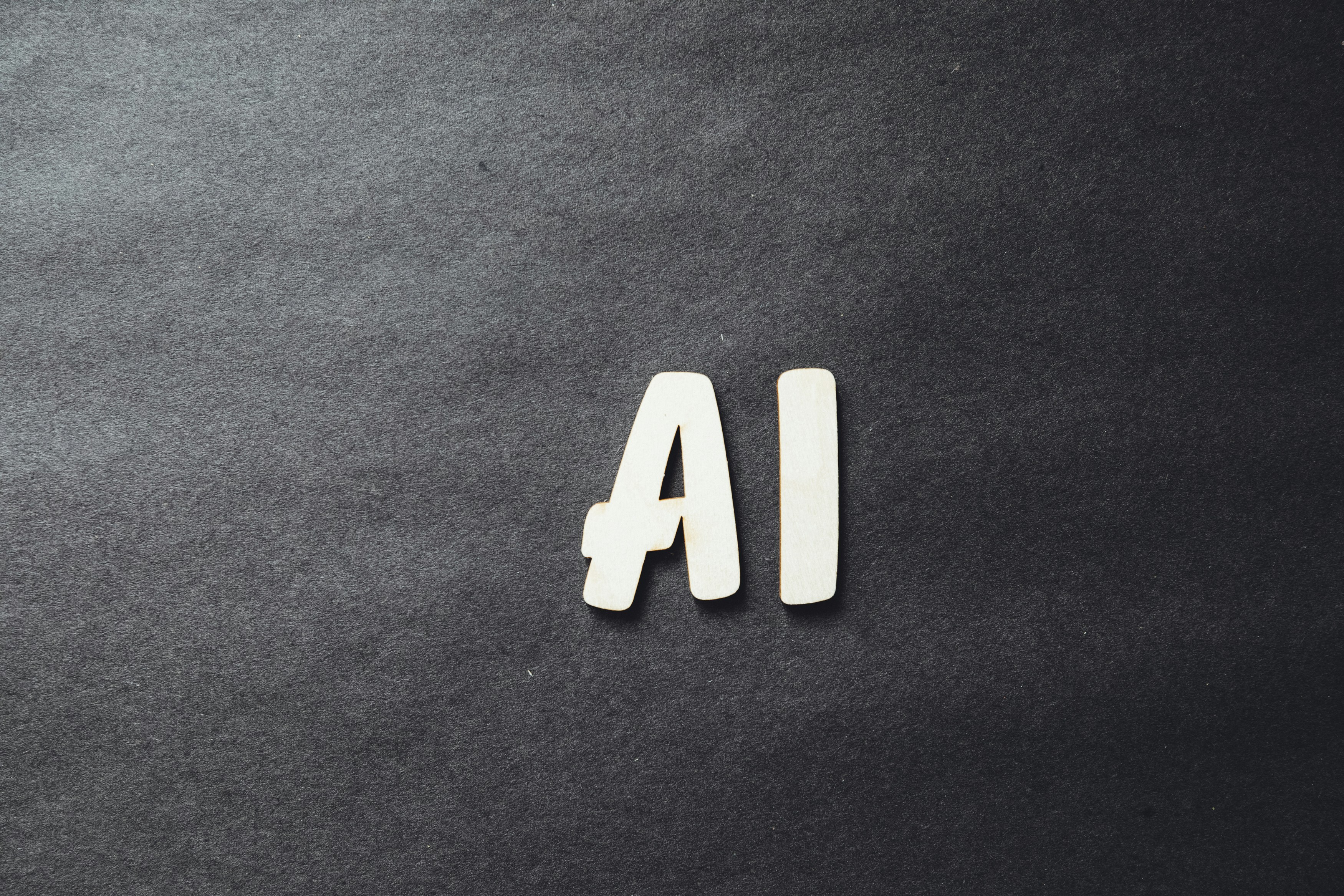AI Cultural Architects: Transforming Organizational Culture in 2025
Gone are the days when technology and human values existed in separate spheres. Today, as we step into 2025, a remarkable transformation unfolds within organizations driven by artificial intelligence (AI) tools. These advancements have transcended mere automation; they're reshaping entire corporate cultures, enhancing team dynamics, and fostering environments where creativity can flourish. Welcome to the era of "AI Cultural Architects," where the interplay of technology and humanity sparks innovation and collaboration like never before.
Understanding the AI Cultural Architect Concept

At the heart of this transformation lies the concept of AI Cultural Architects—entities (be they humans or systems) that utilize AI-driven tools to create, sustain, and evolve organizational cultures. This approach enables companies to align their technological advancements with their core values, cultivating an environment that prioritizes psychological safety, diversity, and innovation.
AI isn’t merely a tool for efficiency; it is the backbone of a modern, agile workforce. By harnessing AI, organizations can analyze cultural barriers, identify areas of improvement, and provide employees with personalized resources—setting the stage for smoother teamwork and collaboration. But how can businesses effectively leverage these AI solutions?
Embracing AI to Enhance Team Dynamics

The key to fostering a thriving organizational culture lies in understanding team dynamics—the ways in which teams interact and collaborate to achieve objectives. AI tools play a vital role in this realm. These technologies can analyze data, recognize patterns, and offer insights into employee engagement and collaboration levels.
For instance, AI-driven platforms like Slack, Microsoft Teams, or Zoom are not only communication tools but also data-analysis powerhouses that help organizations identify when collaboration decreases or when certain team members feel disconnected. By actively monitoring interactions, AI enables teams to pivot and adapt their collaborative strategies before issues become pervasive, thus maintaining a positive work culture.
Check out our article on transforming remote collaboration to explore how AI tools are instrumental in creating dynamic team interactions.
AI and Organizational Culture: A Symbiotic Relationship

AI’s capacity to collect and analyze vast amounts of data grants it unprecedented insight into organizational culture. This data-driven approach allows businesses to adjust their strategies and initiatives to better align with employee needs, ultimately building a more inclusive environment.
For example, an organization might use AI tools to assess employee sentiment through anonymous surveys, capturing essential feedback regarding workplace culture. Employees can express their views more freely, allowing the organization to tackle problems like burnout, lack of recognition, or inadequate career development opportunities.
The relationship here is symbiotic: organizations leverage AI to gain insights, while AI thrives on the data employees provide, feeding back into the system for continued evolution.
Nurturing a Culture of Psychological Safety with AI

A fundamental element of positive organizational culture is psychological safety—an environment where individuals feel secure enough to take risks and express their opinions without fear of negative consequences. AI tools are becoming instrumental in fostering this type of culture through sentiment analysis and engagement metrics.
For instance, businesses can implement AI-driven chatbots that allow employees to report issues anonymously. These insights can drive discussions on cultural shifts within the organization. Similarly, AI tools can gauge employee sentiment during major changes—be it introductions of new policies or shifts in leadership—enabling organizations to proactively address concerns and instill confidence.
Learn how AI helps organizations balance human and technological factors to create psychologically safe workspaces.
AI Tools as Catalysts for Employee Engagement

Employee engagement is a multifaceted concept, and AI tools provide organizations with unique opportunities to cultivate enthusiasm and commitment among their workforce. By employing predictive analytics, companies can identify patterns in employee behavior and engagement levels over time.
AI can help create tailored development programs, ensuring employees receive the support they need to grow professionally. For example, adaptive learning platforms utilize AI to assess an employee’s strengths and weaknesses and customize training accordingly. This tailored approach not only enhances individual skills but also boosts morale, fostering a sense of investment in one's career that contributes to overall employee satisfaction.
Join us as we discover the nuances of employee wellness through AI in our post on AI and empathy in the workplace to learn how emotional intelligence is becoming a work standard.
The Emergence of AI Leaders and AI Whisperers

As AI takes a central role in shaping workplace culture, a new type of leadership has emerged: the "AI Whisperer." These individuals are responsible for bridging the gap between technology and human interactions, understanding how to leverage AI tools to create a conducive work environment.
AI Whisperers are not just tech-savvy—they possess the emotional intelligence necessary to guide teams through transitions driven by AI advancements. They lead by example and foster collaboration, ensuring that AI integration aligns with corporate values rather than compromising them.
Moreover, organizations are beginning to recognize that effective leadership in the age of AI requires ongoing training and development. Upskilling leaders to navigate AI’s complexities and understand its implications on human workforce dynamics is essential to leveraging technology responsibly.
The Future of Employee Experience: Tailored Engagement through AI

The employee experience (EX) is evolving rapidly, and AI tools are making it more personalized than ever. By gathering data on individual preferences, AI can tailor communication, feedback, and recognition to align with an employee's specific needs. This shift caters to each individual’s motivations, creating a stronger sense of belonging.
For instance, AI can analyze patterns in communication or project success to recognize how employees prefer to receive feedback—whether that be through verbal praise, written notes, or public acknowledgment. By personalizing recognition and communication, organizations can elevate the EX and boost overall morale and performance.
Explore how businesses can adapt their strategies to enhance employee experience in 2025 with our article about harnessing AI for employee experience.
Building Trust: AI’s Role in Transparency

Building a culture grounded in trust is paramount for highlighting the shared goals of organizations and employees. AI can enhance transparency in decision-making processes, helping to alleviate concerns regarding job security or performance evaluation clarity.
Sharing AI-driven insights openly with employees reinforces trust, showcasing how decisions are made based on data rather than subjective viewpoints. This transparency exemplifies a commitment to ethical practices and boosts employee confidence in their organization’s judgment and objectives.
The careful blend of human touch and AI capabilities in establishing transparency will be key to successful organizational culture transformation.
Navigating Ethical AI Use in Business
The rise of AI in the workplace invites conversations around ethics, particularly concerning data privacy and employee monitoring. Businesses must balance leveraging AI tools for insights while respecting individual privacy and autonomy.
Implementing ethical decision-making frameworks around AI use is critical. Organizations can benefit from establishing guidelines around privacy, consent, and data utilization that protect employee rights. Such frameworks will ultimately foster trust and safeguard against potential pitfalls when deploying AI solutions.
Interested in how ethical frameworks can empower AI integration? Read our article on building responsible AI structures for more insights.
The Power of Feedback Loops: Continuous Improvement
To maintain relevancy, organizations must continuously adapt and improve. AI tools can facilitate dynamic feedback loops within employees and teams, ensuring that organizational culture is not static but rather a living, breathing entity that evolves to meet changing needs.
By encouraging iterative feedback—where results lead to actionable insights and adaptations—the workplace can emerge as a hub of creativity. AI-driven analytics provide real-time insights into the effectiveness of cultural initiatives, allowing for timely adjustments based on shifting employee sentiment or external conditions.
This agile feedback mechanism supports a culture of experimentation and learning, giving organizations the flexibility to embrace change with confidence.
Final Thoughts
As we move deeper into 2025, AI will continue to shape organizational cultures, redefining norms and values across industries. Successful businesses will not merely adopt AI tools but will become AI Cultural Architects, crafting spaces that integrate technology with human needs.
By fostering psychological safety, tailoring employee experiences, and ensuring ethical practices, organizations can thrive within the evolving landscape. Embrace the opportunity to elevate your culture, recognizing that AI can be a catalyst for human potential when wielded thoughtfully and responsibly.
The future is here—are you ready to become an AI Cultural Architect in your organization?



